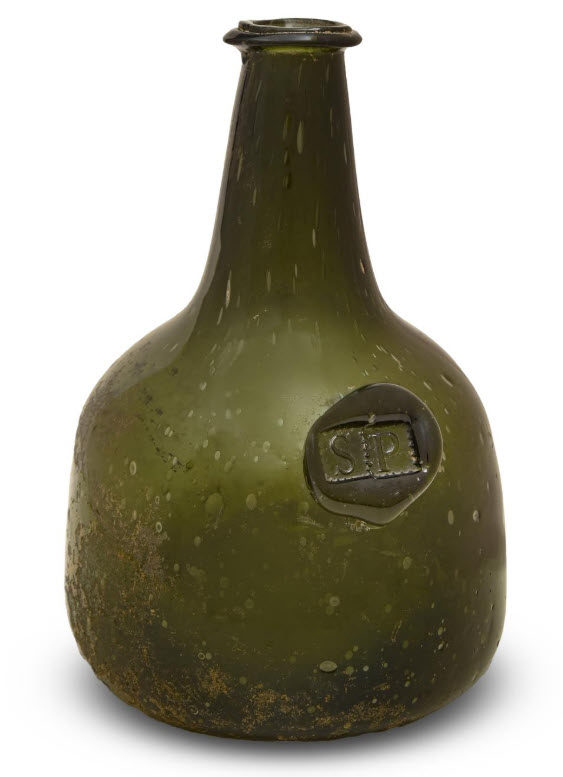Overview of Antique Black Glass Seal Bottles
Antique black glass seal bottles are a fascinating niche within the world of bottle collecting,
prized for their historical significance, unique manufacturing techniques, and the insight they
offer into past societies and trade practices.
What is Black Glass?
Despite the name, “black glass” bottles are typically a very dark olive green, appearing black
unless held up to strong light . This coloration results from high concentrations of iron oxide
and other minerals in the glass, making it stronger and more resistant to light-an important
feature for preserving the contents, especially wine and beer .
Origins and Historical Context
Black glass bottles have been produced in Europe and North America since the 1600s . Their
popularity peaked from the late 17th to the mid-19th centuries, especially in England, where they
were the standard for wine and beer storage. The evolution of bottle shapes-onion, mallet, squat
cylinder, and cylinder-reflects changes in glassblowing technology and consumer preferences
over time .
Sealed Bottles: The Significance of the Seal
A defining feature of many antique black glass bottles is the applied glass seal or “blob” on the
shoulder or body, impressed with a crest, initials, family name, or establishment mark . These
seals served as a mark of ownership or origin, often commissioned by wealthy families,
merchants, or institutions. They provide valuable clues for historians and collectors, linking
bottles to specific people, places, or events .
Manufacturing Techniques
Hand-blown Craftsmanship: Until the mid-19th century, all bottles were hand-blown, often
into wooden or iron moulds, with the lip and seal applied separately by skilled artisans .
Each bottle is unique, with subtle variations in shape and thickness.
Material: The glass is thick and heavy, designed for durability and reuse. The dark colour
helped protect contents from sunlight and spoilage .
Collecting and Value
Collectors are drawn to black glass seal bottles for their rarity, historical associations, and the
detective work involved in tracing the provenance of a seal . Bottles with intact seals,
especially those linked to notable families or institutions, are particularly valuable. Some bottles
even survive with their original contents, though opening them is usually not recommended as it
can reduce value and the contents are typically spoiled .

